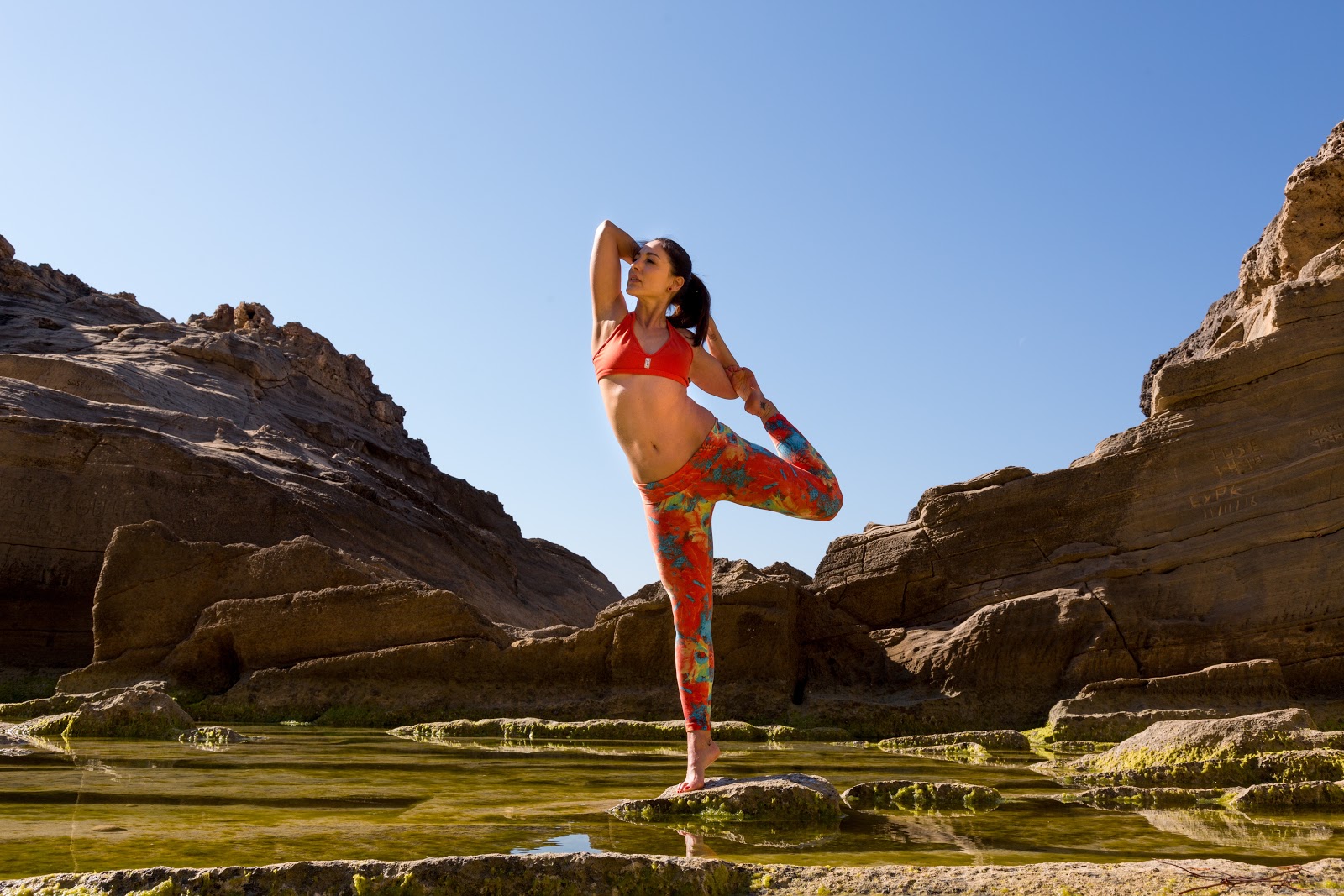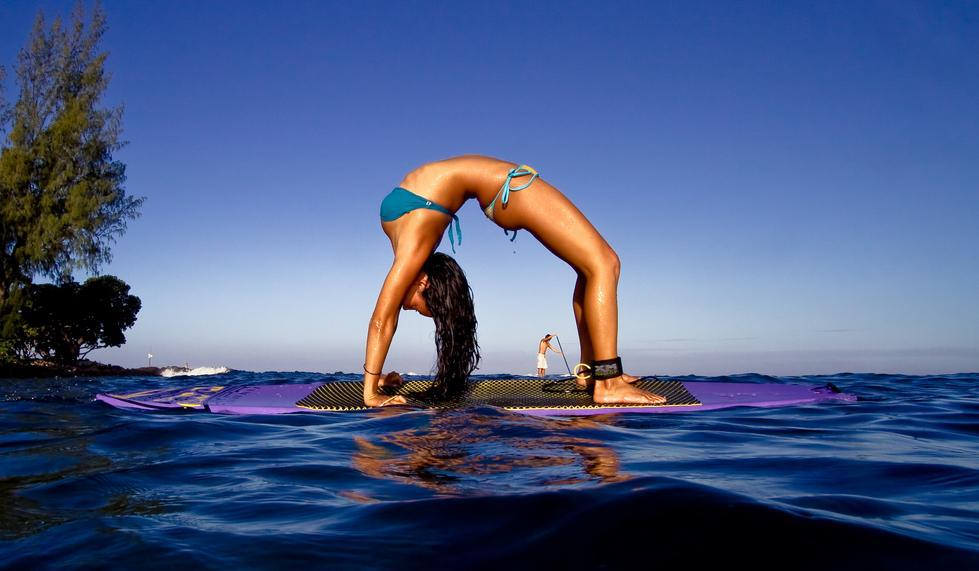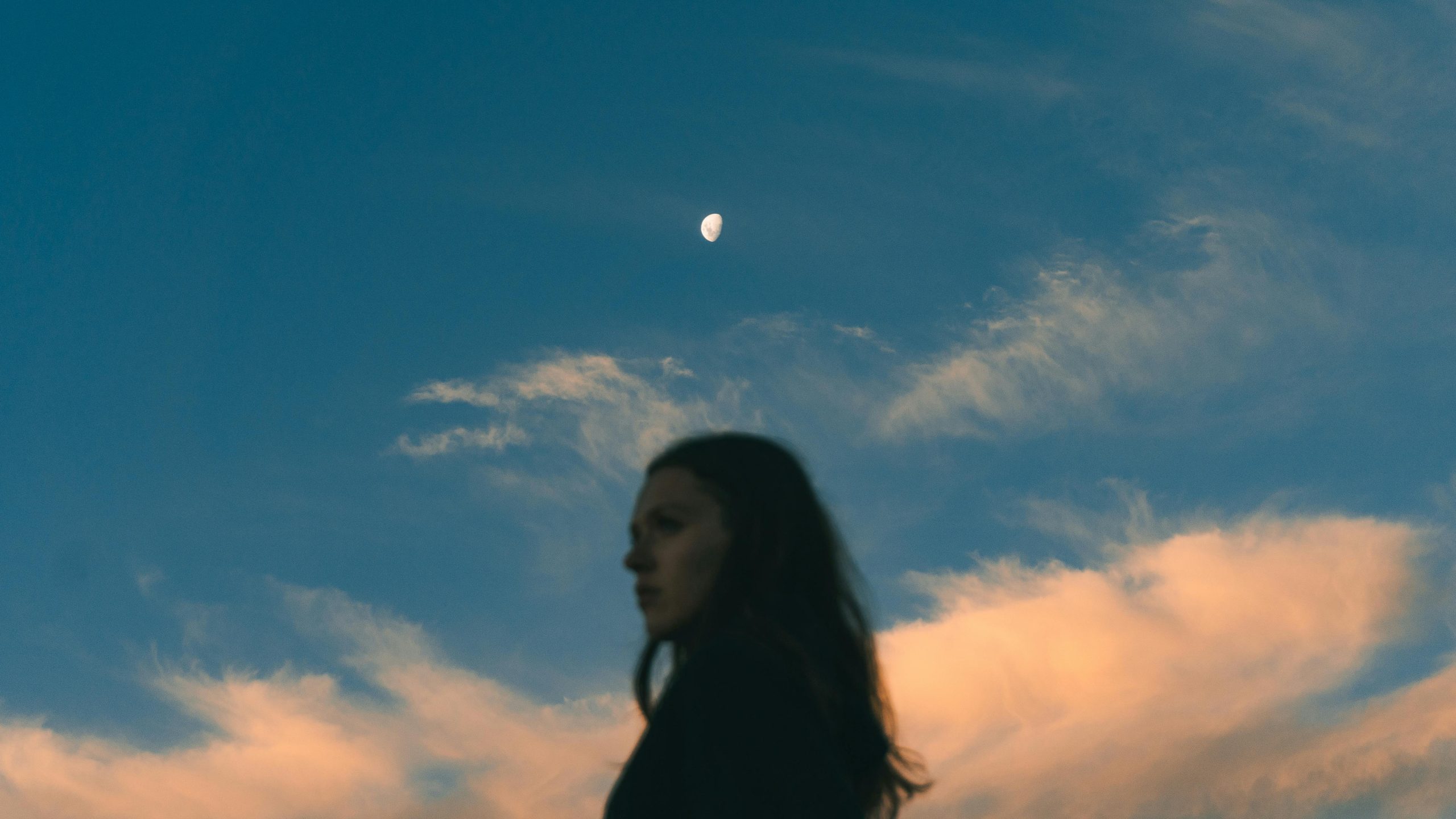No longer satisfied with the traditional types? Pioneer yogis are embracing far more adventurous forms of yoga by combining non-traditional activities with the ancient practice.
Yogis are an eclectic bunch. You’ve got your hardcore practitioners who rise at 4am to devoutly practice their sirsa padasanas before meditating for an hour and a half. Then you have your trend-followers, who love how their butt looks in their $98 Lululemon pants and enjoy gossiping at the yoga studio juice bar–wearing said pants–more than practicing any poses. Finally, somewhere in between, is a community of yogis who adore the practice for its health benefits, but also enjoy the camaraderie that comes from a shared hobby. Note: this doesn’t mean they can’t appreciate those $98 yoga pants or rise at the crack of dawn to meditate.
Happily for these flexible individuals, now is a great time to be a yogi. The practice of yoga has expanded far beyond its humble Asian roots and has begun to take on a life of its own. No longer satisfied with the traditional types, pioneer yogis are embracing far more adventurous forms of yoga by combining non-traditional activities with the ancient practice.
Traditional Yoga
For some, traditional practice is the only “true” way. Hatha, a Sanskrit term that encompasses multiple types of physical yoga, includes Kundalini, Iyengar, Ashtanga, Vinyasa, Bikram, and Yin. Which one suits you best?
Kundalini Yoga
While it includes physical posturing, Kundalini yoga also incorporates many breathing exercises meant to release the kundalini energy trapped in your body. There’s a lot of invigorating breathing (don’t go if you have stuffy nose unless you want to shoot out a snot-rocket), chanting, and core-focused postures.
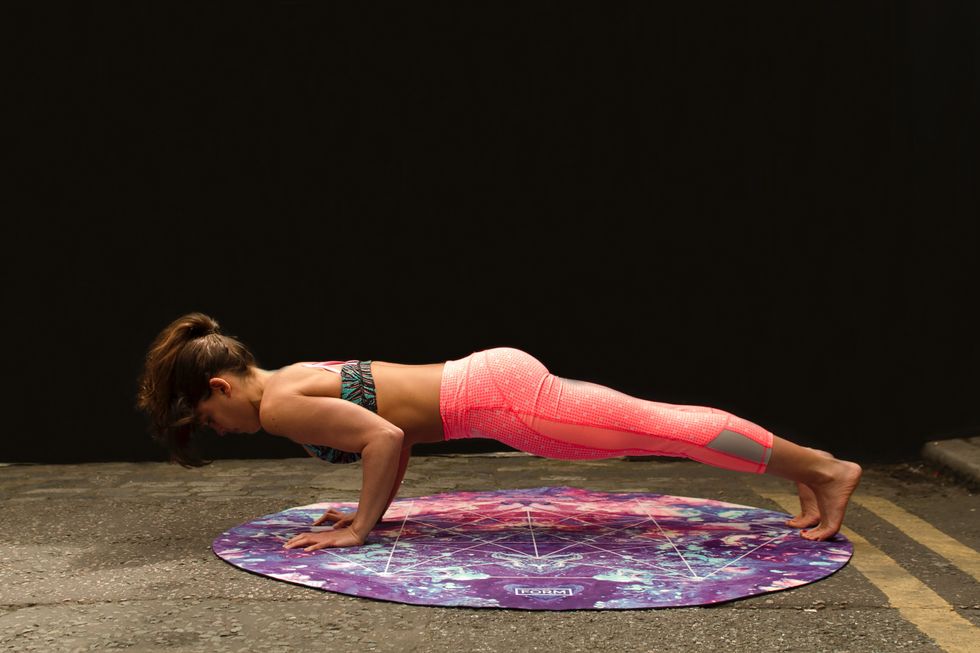
Iyengar Yoga
This is a terrific practice for those recovering from injury, as Iyengar involves a lot of slow, deliberate movements. Students hold poses for a long time, only moving slightly to adjust their form. As with all yoga, Iyengar incorporates a focus on breath control and remaining present.
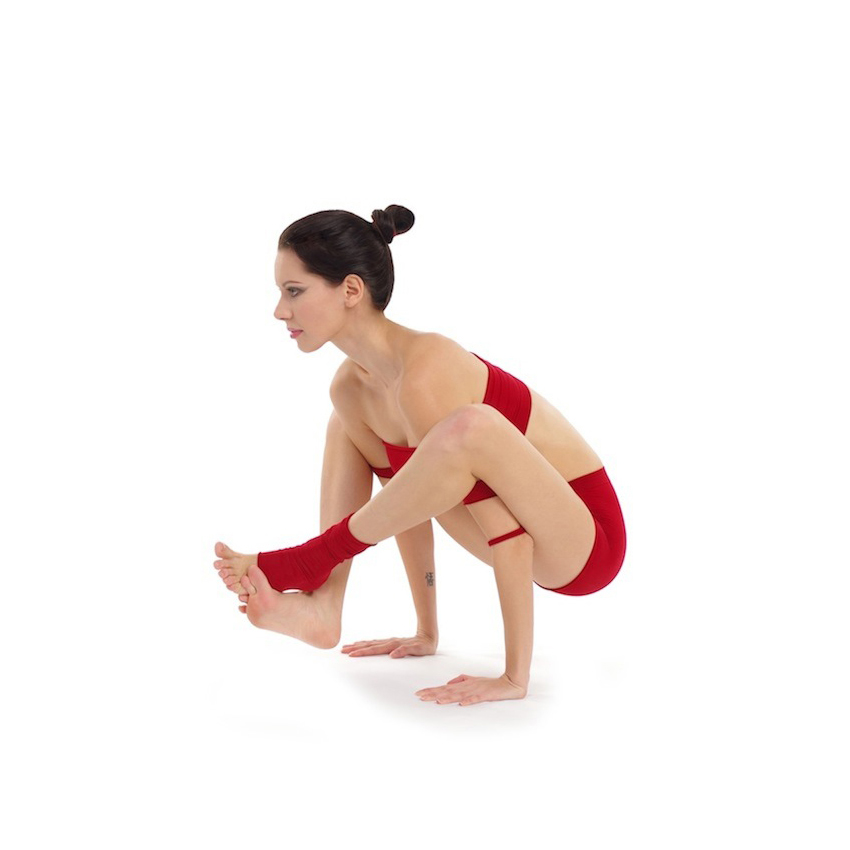
This is not for beginners. Ashtanga is a sequence of 32 poses that truly test your endurance for pushing physical limits. One of its most challenging poses is the Bhujapidasana, an arm supported (as in your arms are the only thing touching the ground) asana pose. Even more challenging are the Ashtanga group classes. The students perform the sequence of poses together without instruction from the teacher, fluidly moving from one posture to the next. If you lose your place in the sequence you’re kind of up the creek.
Vinyasa Yoga
While adapted from Ashtanga yoga in the 1980’s, Vinyasa is not nearly as physically demanding. It’s more focused on aligning breath with movement and smoothly moving from one pose to another. One of the reasons it’s so omnipresent is its strong emphasis on the mind-body connection. Dedicated practitioners enjoy the side benefit of a calmer, more stabilized outlook on life.
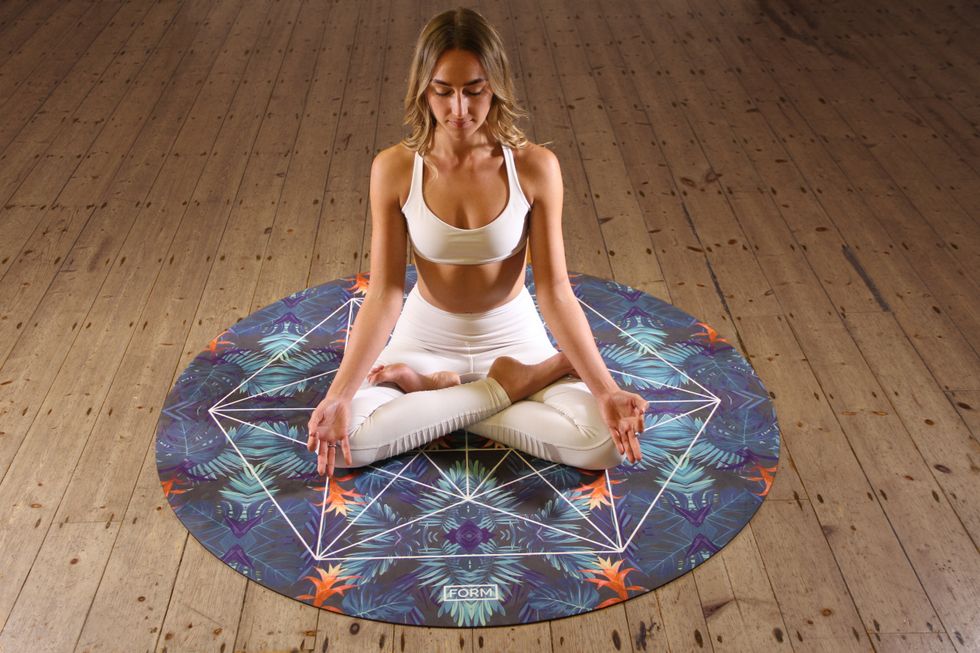
Yin Yoga
Much like Iyengar, Yin yoga is slow-paced. It’s also performed sitting or laying down, making it easier for those with physical limitations. This doesn’t mean it’s easy, as postures are often held for up to two minutes (try doing anything for two minutes while focusing on your breath and you’ll see why it’s hard). But if done right, Yin can be very incredibly calming.
Jivamukti Yoga
Jivamukti is another recently created form of yoga. Just over 30 years old, it incorporates many Vinyasa breathing and movement techniques along with Hindu spiritual teachings. (Be prepared to do a lot of chanting during this class.) Devotees of this practice are often vegetarian, as Jivamukti philosophy advocates compassion for all creatures on Earth.
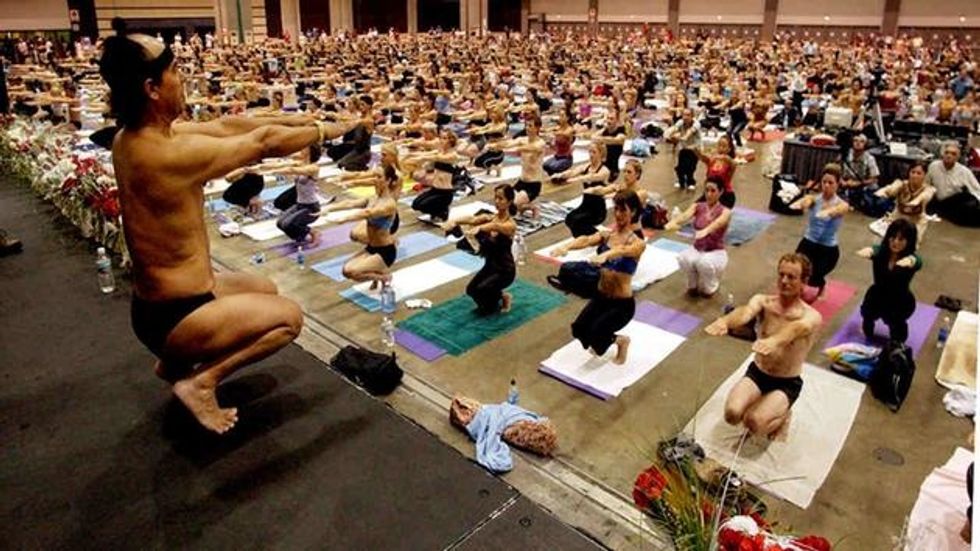
Bikram Yoga
Ah, the sweaty yoga. If you can’t take the heat, stay out of the Bikram yoga studio. Traditionally practiced in rooms that are 105 degrees with 40% humidity, this form has 26 postures, each of which are performed twice during a 90-minute session. Bikram Choudhury synthesized this sequence in the 1970’s, and his claims that his yoga “oxygenates the entire body” have drawn thousands into tropical-temperature yoga studios since.
Non-traditional Yoga
If you’re craving an activity that is technically considered yoga, meaning students do perform poses but isn’t restricted to established practices, try out some of the newest yoga trends coming to a studio–or a beach–near you.
Aqua Yoga
As it turns out, water is a natural complement to yoga. You feel weightless in water, which allows you to perform more difficult positions with ease. Not surprisingly, you’re much more likely to focus on your breath when you’re not grunting with the effort of contorting your body. It also makes fast movement challenging, so you’re forced to move in a slow, controlled manner. Warm water helps you relax and connect with your body. Next time you take a bath maybe try a corpse pose to help relieve the day’s stress.
Aerial Yoga
With aerial yoga you perform the poses while suspended upside down in a hammock. The discipline is not strictly yoga, but rather incorporates moves from Pilates, aerial arts, dance, and gymnastics. It’s intended to be a complement to a yoga practice, not a replacement. But m Much like aqua yoga, it allows you to pose in difficult postures without incurring massive pressure on your joints. It also looks pretty fun!
Stand Up Paddleboard (SUP) Yoga
So you’ve mastered Ashtanga and are looking for a new challenge? Look no further, because paddleboard yoga is coming your way. Not only does the lack of a solid foundation do wonders for your core (you try doing a tree pose balanced on a paddleboard!), the soothing sound of the ocean lapping gently against the board is very conducive to meditation. If you’re attempting paddleboard yoga in a pool, well, you may not get the ocean sounds, but you’ll certainly feel sore in muscles you never knew existed the next day.
Nude Yoga
While technically identical to clothed yoga, naked yoga can be incredibly liberating. Stripped of any adornment, the human form suddenly appears fragile and beautiful, and your inhibitions melt away. You don’t go to nude yoga for a peep show; you go to experience a connection with other human beings.
Animal Yoga
Can’t bear to do your downward dog without your, uh, dog? No worries. Animal yoga classes that include four-legged friends like cats, dogs, and horses are cropping up all over.
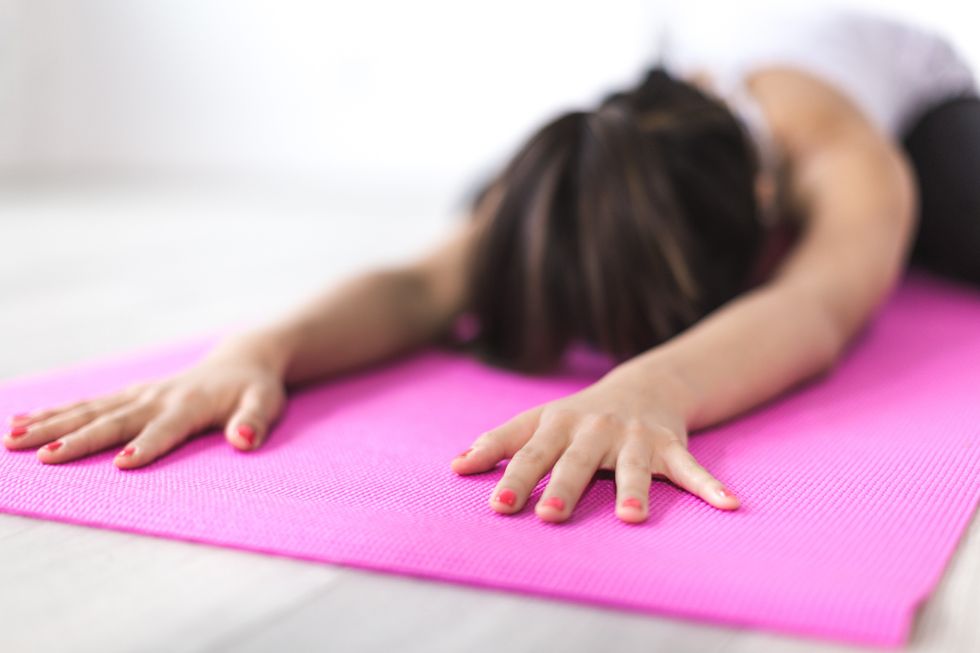
Restorative yoga
In our hectic, always-connected world, it’s unsurprising that most of us are incredibly stressed. In the event regular yoga isn’t relaxing enough to erase the vision of your overflowing inbox from your mind, try some restorative yoga. It’s based on Iyengar yoga, and is usually comprised of a sequence of 5-6 poses intended to induce deep mindfulness. Of course, staying present is a crucial element of all yoga, but restorative yoga takes it to the next level. This yoga is perfect for your pre-bedtime ritual: the goal is to align your mental and physical state through very gentle, slow poses.
You are not alone
The yoga community exists on and offline. You can’t hardly skim through any social media platform without seeing people’s expertly photographed yoga exploits. You know what I’m talking about: usually the person is contorted into an especially tricky position in front of an incredible sunset/sunrise/mountain/lake. Yogis flock to online forums and Facebook groups where they can get answers to burning yoga questions.
Offline you can’t shake a stick in any urban environment without hitting a yoga studio. Moms-to-be now have the option of both pre- and post-natal yoga. Children can start learning poses as toddlers. There’s a sense of kinship among many yogis, although among the less devout a competitive drive can hide just beneath the surface.
Yoga is has remained popular for thousands of years for a reason. Try out different classes to see which ones suit you best. Who knows, maybe you’ll end up posting a photo of you and your equine partner in tantric harmony like this guy.


